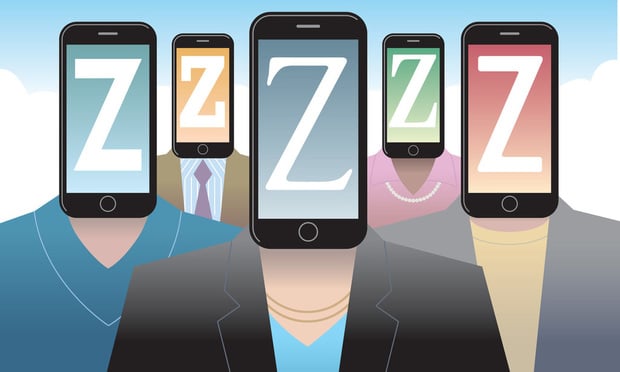When evaluating bill payment and home banking services, credit unions will be faced with two bill payment models, good funds and risk-based. While differing in how payments are made, both models are viable options that can be used to serve members effectively. Good Funds The good funds model can be compared to a money order. Funds are pulled from the member's account prior to the date the payment is made to the payee, thus ensuring funds availability. Many institutions that use the good funds approach like the flexibility it offers and feel that they have more control over the bill payment process. The good funds model allows the financial institution to verify that a member's account has the funds needed to pay the bill before funds are sent to the payee. If sufficient funds are not present in the account, the financial institution may notify the member that the bill was not paid as requested. This gives the member an opportunity to fund the account and resubmit the bill payment request. With this model, the payee is unaware that payment was attempted and the member does not incur fees from the bill payment vendor. The negative aspect of a good funds model is that it may not be scalable to efficiently support high bill payment volume. Many good funds based payment systems debit funds from the member's account interactively. It is important to keep in mind, however, that some interactive debiting processes do not scale well to large batches of transactions because they were not designed to handle them. Therefore, the time required to process a large group of transactions interactively is typically longer than the time required to process those same transactions using a system optimized for large batches. The difference between processing times generally increases as the volume of transactions grows. Risk-Based The risk-based model can be compared to a check because the member's funds availability is not verified prior to sending funds to the payee. Instead of notifying members of insufficient funds and giving them the opportunity to fund the account prior to sending payment to the payee, risk-based bill payment sends the funds to the payee even if there are insufficient funds in the account. This creates the possibility for payments to "bounce." With the use of overdraft accounts, many institutions have found that risk-based models generate tremendous fee-income without inconveniencing the member. Once the overdraft accounts are set up, fees may be assessed to members for using them. Whereas the good funds approach debits the member's account interactively, risk-based models typically use the ACH network, which was designed to process large batches of transactions very quickly. While the volume of people using bill payment across the country is currently low, as volume increases, the risk-based model is better able to efficiently support the likely increase in transaction volume. Another benefit of using the risk-based model is that there is no redundancy of data. All data about pending payments is stored and maintained with the bill payment company instead of being maintained with the home banking provider. This single source of data storage reduces synchronization and conversion issues that could arise when data is stored with the home banking provider and transferred to the bill payment company. Making the Choice So which model is best for your institution? Even bill payment companies have taken sides on the issue. Some bill payment providers offer both risk-based and good funds models, while others stand by offering financial institutions only one model. Regardless of the model offered by the bill payment company, some home banking providers select the model that best fits their client base and only offer one bill payment model. The bottom line is that each financial institution should evaluate its goals for Internet home banking and bill payment services and select a vendor that best meets the overall needs. The bill payment model utilized should not be a deciding factor in selecting a vendor. Once both bill payment models are understood, either one can be used to effectively service members.
Continue Reading for Free
Register and gain access to:
- Breaking credit union news and analysis, on-site and via our newsletters and custom alerts.
- Weekly Shared Accounts podcast featuring exclusive interviews with industry leaders.
- Educational webcasts, white papers, and ebooks from industry thought leaders.
- Critical coverage of the commercial real estate and financial advisory markets on our other ALM sites, GlobeSt.com and ThinkAdvisor.com.
Already have an account? Sign In Now
© 2024 ALM Global, LLC, All Rights Reserved. Request academic re-use from www.copyright.com. All other uses, submit a request to [email protected]. For more information visit Asset & Logo Licensing.









